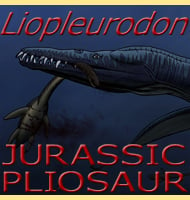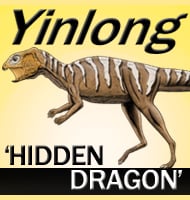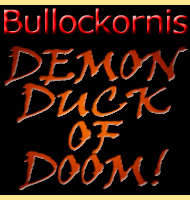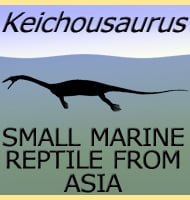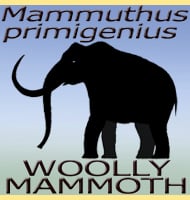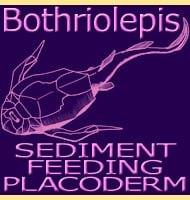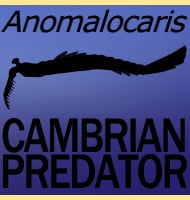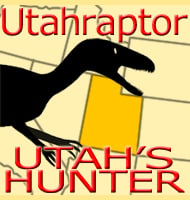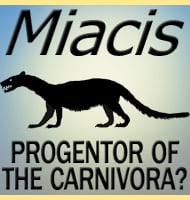In Depth
Originally described as a species of Dicynodon, Aulacephalodon is a genus of dicynodont therapsid that lived in Southern Africa towards the end of the Permian. At around one and a half meters long, Aulacephalodon was mid-sized for the type of animal that it was, and like its relatives, Aulacephalodon is known to have had a tough beak like mouth as well as two downwards facing tusks. The type species A. bainii was named in 1898 by Harry Govier Seeley, and twenty three years later a second species A. peavoti was named by Robert Broom. The validity of this second species has now been questioned (Govender 2008), with the notion that the species A. peavoti may not actually belong to the genus.
Further Reading
- On Oudenodon (Aulacocephalus) pithecops from Cape Colony. - The Geological Magazine 5:107-110. - Harry Govier Seeley - 1898. - On some new species of anomodont generates and reptiles from the Karoo beds of South Africa. - Proceedings Zoolological. Society London. XLIV, 44-674 - Robert broom. - 1921. - Description of the postcranial anatomy of Aulacephalodon baini and its possible relationship with “Aulacephalodon peavoti. - South African Journal of Science 104 (11-12): 479–486 - R. Govender - 2008.

